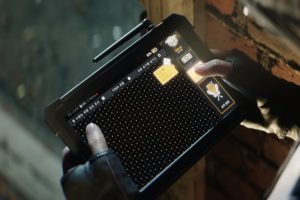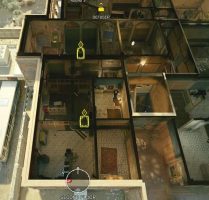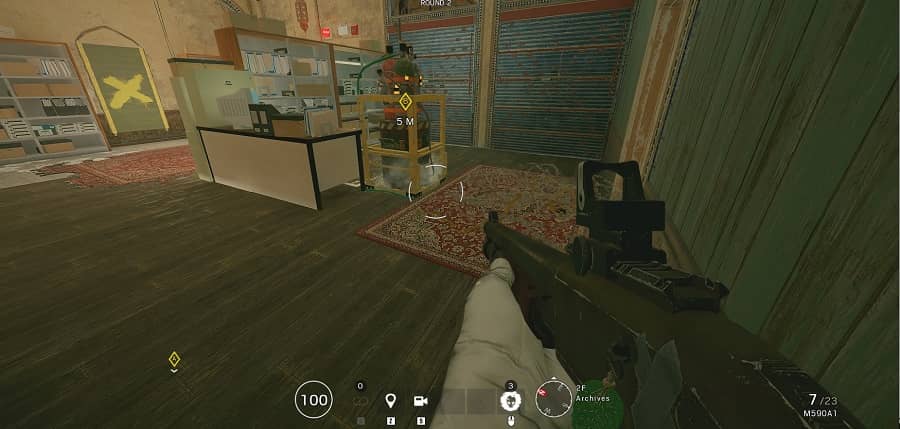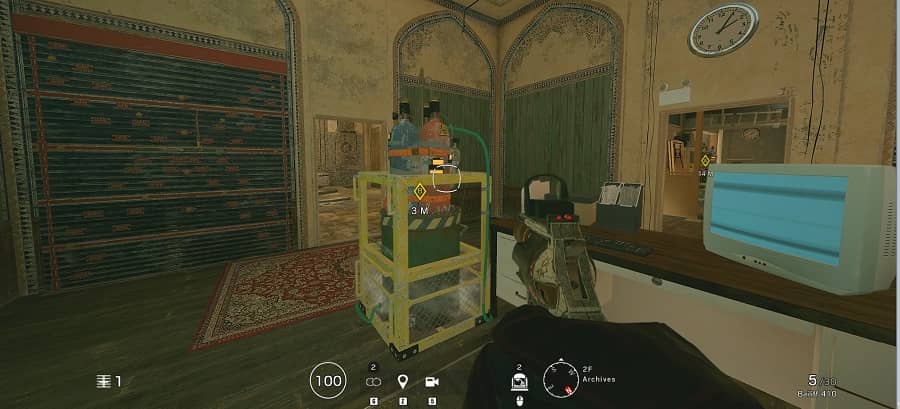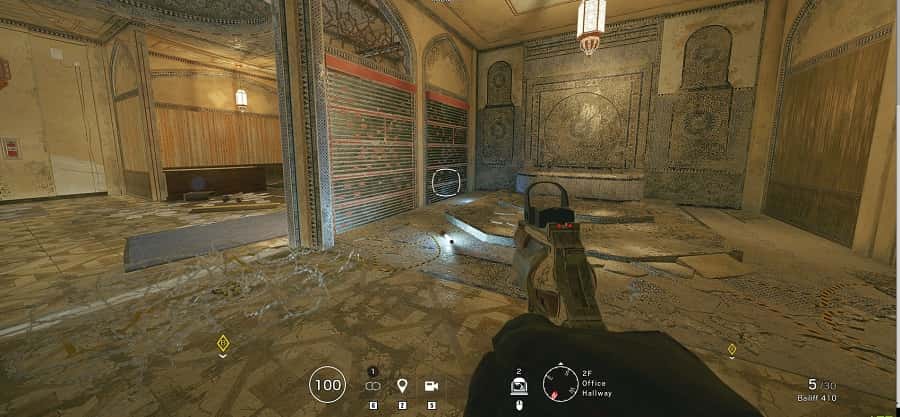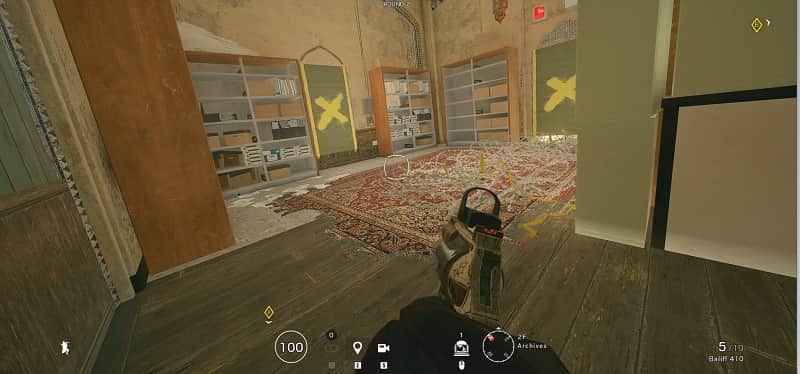Introduction
The most crucial aspect of success in Rainbow Six Siege is getting map knowledge.
Siege puts map knowledge importance on a whole new level thanks to destructibility of the map and breaching possibilities in the game.
In this article, you will find information on Border, one of the favorite maps within Siege’s community.
We will split this article into the following sections:
- Basic info
- Objectives’ basic tactics:
- Armory Lockers and Archives
- Basic defensive setup
- Basic attack
- Workshop and Ventilation Room
- Basic defensive setup
- Basic attack
- Tellers and Bathroom
- Basic defensive setup
- Basic attack
- Customs Inspection & Supply Room
- Basic defensive setup
- Basic attack
- Armory Lockers and Archives
- Useful videos
Basic info - Border
Spawn points
Border offers three spawn points for attackers to choose from, which are:
- East Vehicle Entrance
- Valley
- West Vehicle Exit

Valley has the most common spawn rush for defenders, where they blow South-West wall and rush attackers from behind the armored truck.
When spawning at this point aim at the truck and wait for approx. 5 seconds before proceeding to avoid being killed at the spawn.
West Vehicle Exit is commonly spawnpeeked from West Balcony (2nd floor).
When spawning at this location, jump on drones for a few seconds and check your entry point and pre-aim balcony while approaching the building.
East Vehicle Entrance is usually the safest spawn point but provides a limited number of entry points.
Objective sites ranking - bomb
From best to worst:
- Armory Lockers and Archives
- Workshop and Ventilation Room
- Tellers and Bathroom / Custom Inspection and Supply Room
The 3rd/4th selection is very subjective and will depend purely on personal preferences.
Objectives' basic tactics
Objective site rank – Bomb:
1st – Best defensive site
Key locations:
Offices & CCTV
Basic defensive setup
CONCEPT:
Defenders should focus on preventing pushes of both Armory Lockers and Archives, with the aid of Mira’s Black Mirrors and Breach denial operators.
The defensive team should have preferably 3-4 people anchoring the site.
At least one roamer will be useful on the ground floor due to the destructibility of the floor, which can lead to opening Mirrors. The role of roamer will be to deny vertical destruction.
Alternatively, as a replacement to a roamer on the ground floor, defenders can pre-open holes in the floor close to the main entrance and watch the angle.
REINFORCEMENTS
- All
- Key Reinforcements
- Optional Reinforcements
If available Breach denial utility should be placed at above key reinforcements.
UTILITY PLACEMENT
Round phases
Preparation phase
The main objectives of this phase are:
- Locate the objective site
- save the drone
- leave prep drone at a useful spot for the action phase

The first aspect of this phase is usually known, but too many players do not save their drones by bringing them to objective or trying to identify defenders.
Remember, just one drone needs to find the objective.
Leave the preparation phase drone so that you can use it to scan your entry point. Or in locations where your team can get useful intel during later stages of the round.
Bonus tasks:
- identify defensive operators
- understand defensive setup
- locate roamer’s positioning
- spawn peek alert
SPAWN POINTS
Attackers should decide on a spawn point depending on the task they intend to fill in and the entry point they want to use.
There is no point spawning on the Northside of the objective as a Thermite if you are planning to make “a big f*cking hole” in a wall on Southside of the map.
Additionally, bear in mind any potential spawn peeks. If you are confident in challenging spawn peeking defender, then go ahead.
However, in case you are not confident enough or have a crucial role in your team’s tactic, then choosing a safe spawn point is probably a better option.
Approach phase
Once spawned, your main task will be reaching an entry point or breaching area (depending on your role).
Do not run like a headless chicken, instead watch out for spawn peeks. Defenders usually attempt spawn peeks from broken doors and windows.
In case you are a Hard breacher or another important attacker, jump on a drone for the first few seconds.
Most of the spawn peeks can be avoided by merely droning for the initial 10-15 seconds!
Most of the spawn peeks can be avoided by merely droning for the initial 10-15 seconds!
Breach & Clear Phase
Once the entry point or breaching area are reached, your team will frequently split into two groups:
- Breaching – Hard breachers and their supporting cast
- Map Clearing – remaining operators
During this phase, the main objective is to gain an advantage before the final push on objective happens, in both on-site meaning by breaching the site and off-site way by gaining map control.
Objective push phase
The final stage of the attack is pushing the objective.
During this phase, the entire team should collapse on remaining defenders present on-site and attempt completing an objective.
Remember, every round in Rainbow Six Siege is not solely Team Deathmatch, you can also win by completing the objective of the round.
If you wish to learn more about phases during the attack, please visit below guide:
Droning
Intel is the king in Rainbow Six Siege.
Please, do yourself a favor and utilize drones you have at your disposal!
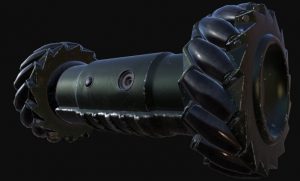
Droning is not the flashiest part of the attack, nor does it show on scoreboard, but you cannot win rounds consistently on attack of you are not using your drones effectively.
Droning should be performed both during the preparation and action phases. Team up with other attacker and drone for each other to raise your efficiency.
Check our Droning guide to take your droning game to a higher level:
Clearing Roamers
Roamer is a defender located off-site. This defender will focus on preventing you from progressing towards the objective or flanking your team when you expect the least.
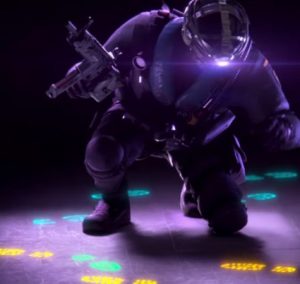
Roamers are one of the hardest aspects to deal with, especially at the beginning of your journey with Rainbow Six Siege.
The aspect I see people struggling the most with when it comes to dealing with roamers is deciding whether you do it or not as a team, then acting accordingly.
If you decide to hunt roamers, dedicate multiple people for that task.
Make sure you bring the right tools for the job and act decisively.
However, if you decide to ignore roamers, push the site decisively, and have a dedicated flank watch.
Judging which option is better will come with time and experience.
Judging which option is better will come with time and experience.
To learn more about the topic of roam hunting, please visit the below guide:
Universal Utility
- Frag grenades – 0-2Frags are a great counter to anchors, especially when Jäger is not present.It can be used to get kills through penetrable surfaces like floors and to destroy defenders’ utility.
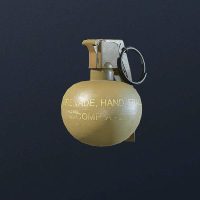
- Stun grenades – 1-2An extremely versatile tool for attackers that can help mainly with:
- “burning” ADS – by using its charges on stun grenade to use other utility afterward
- flashing defender – increases odds of winning a gunfight
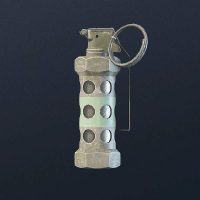
- Smoke grenades – 1-2Especially useful at bomb game mode to obscure defenders’ vision and increase odds of successfully planting defuser.Otherwise, beneficial to cut off visual on certain angles and to provide cover for Glaz.
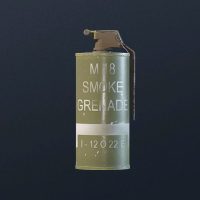
- Breaching charge – 0-1I find breaching charges as the least useful universal gadget available to attackers in Rainbow Six Siege.They can come useful for opening new angles vertically or horizontally but are replaceable by unique utility available to multiple operators.If needed, bring 1 operator with breach charges.
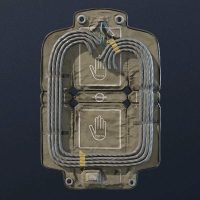
- Claymore – 0-1Useful for preventing runouts and flanks.
Unless specific spots need to be covered with multiple claymores, having more than 1 claymore on an attack is usually not that necessary.
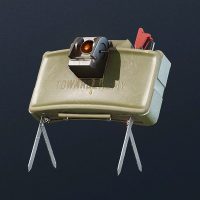
Unique Utility
This list intends to give you a default priority list that you can use when deciding on using unique utility.
In case you want to learn more about specific operators and how to use their utility optimally, we recommend visiting our guides section dedicated to operators.
HARD BREACHER
- Walls leading to exterior area
Usually the most powerful angle and entry point to the objective that attackers can create.
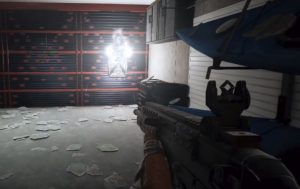
- Hatches above objective
Very useful for creating vertical pressure onto the objective room. In many cases forces defenders to relocate to less favorable positions. - Objective walls close to building entrances
Such angles are easily accessible to attackers and in most cases hard to flank for defenders. - Other walls & hatches
Increasing the number of entries & angles available for attackers is usually beneficial. Watch out, however, not to open an angle you won’t need that could potentially backfire later during the round
Hard Breach Support
The primary objective of using any utility should be to help hard breacher with opening vital angles to the objective.
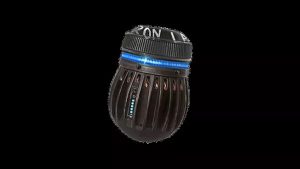
However, once this main attackers’ task is completed, operators from this role group can focus on dispatching various defensive utilities, usually placed at:
- Objective entrance
- Choke points
stairways & narrow corridors - Breached walls/hatches
Soft Breacher
Soft breachers specialize and should focus on granting vertical control to attacking team
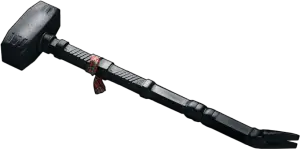
Such holes opening can happen from above or under defenders to force defenders to either move or challenge attackers from an unfavorable position.
Their breaching capability can also be used horizontally to create new angles and avenues to traverse the map.
Other roles
Regardless of operator available from other groups, utility can be effective when used in following situations:
- building entry
- roam clear
- pushing anchors
- completing objective
